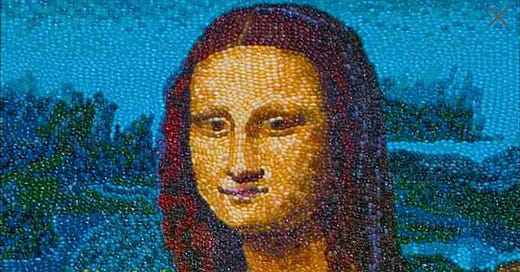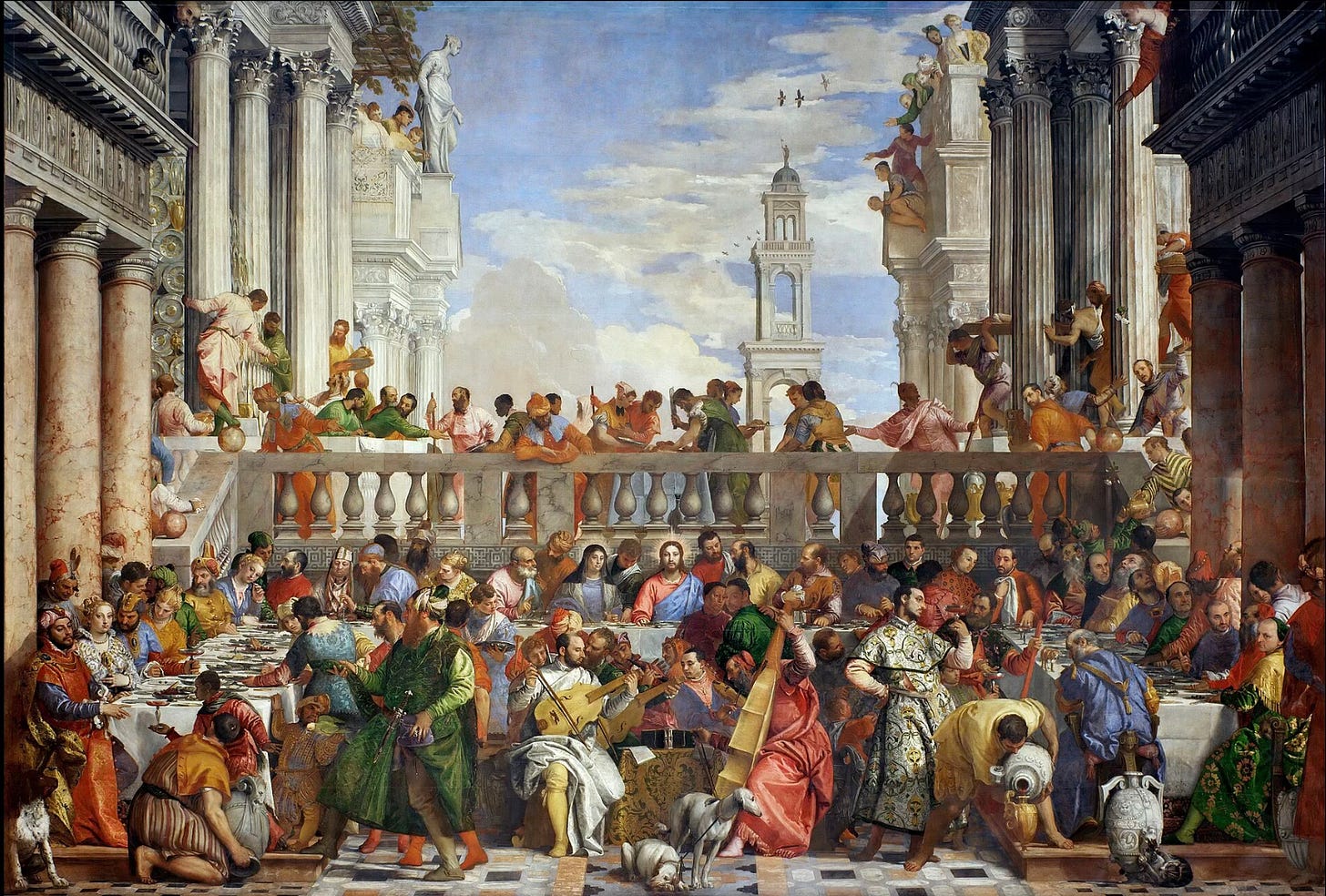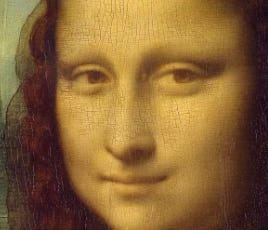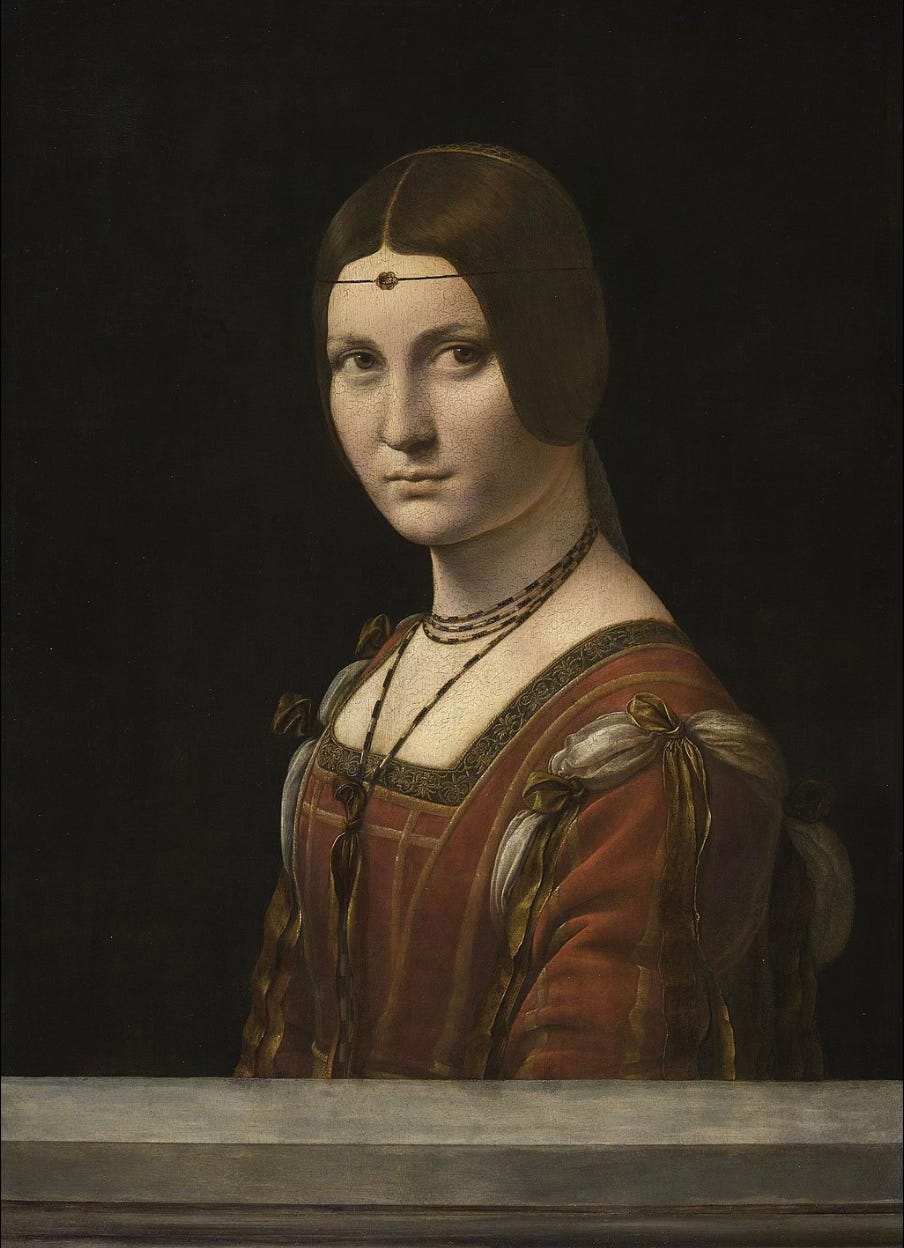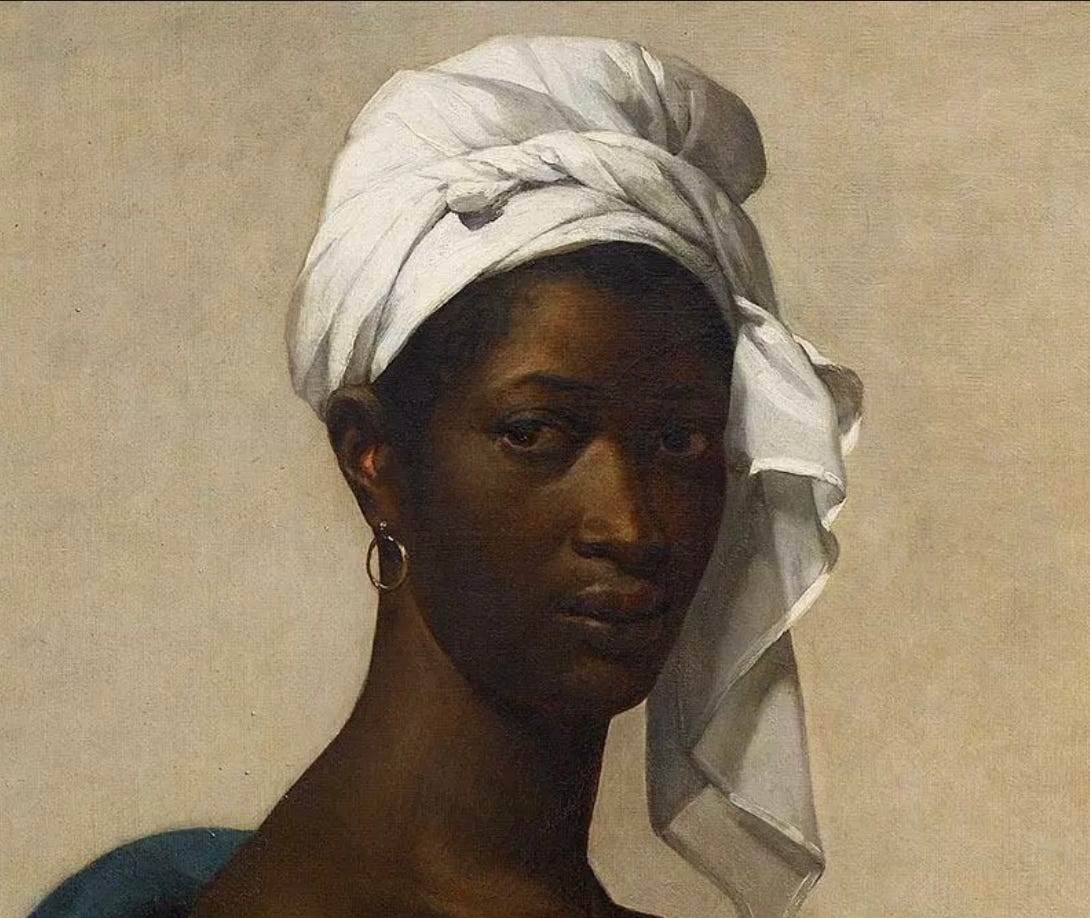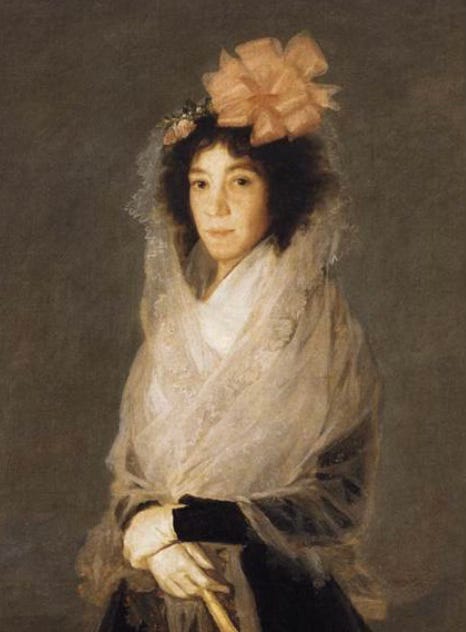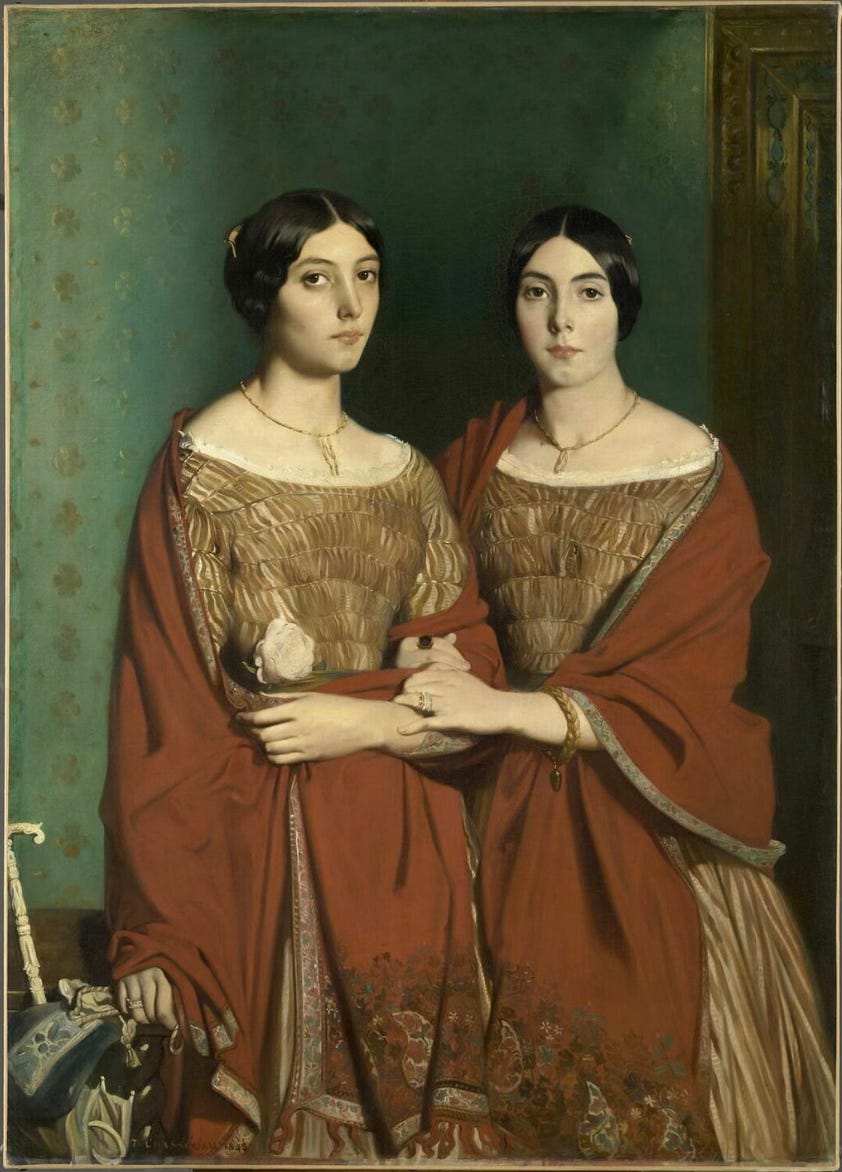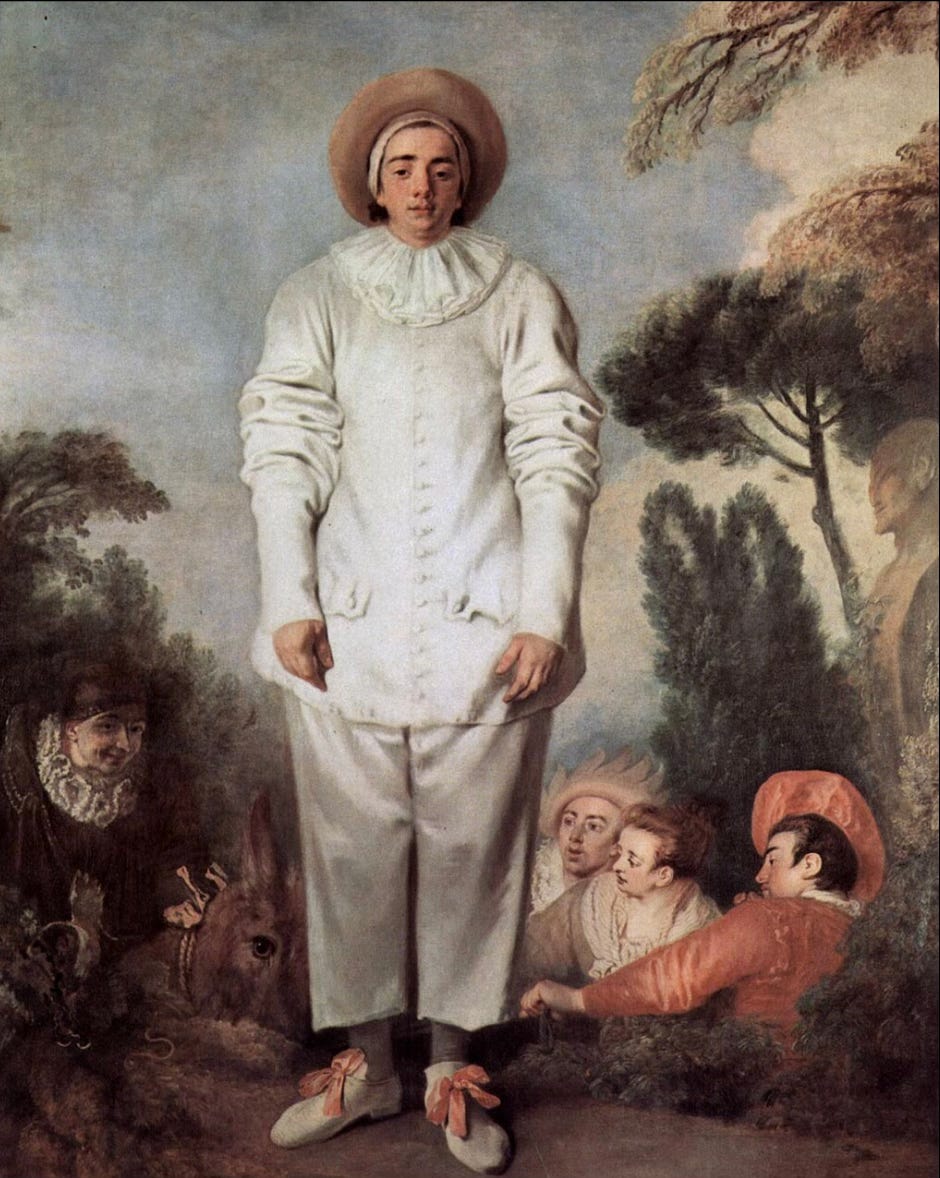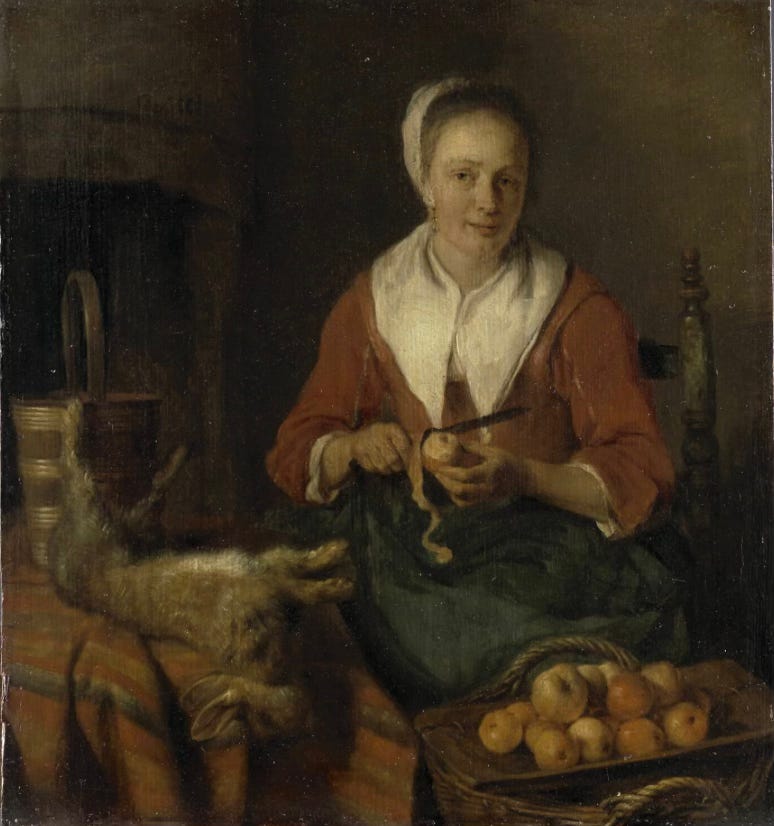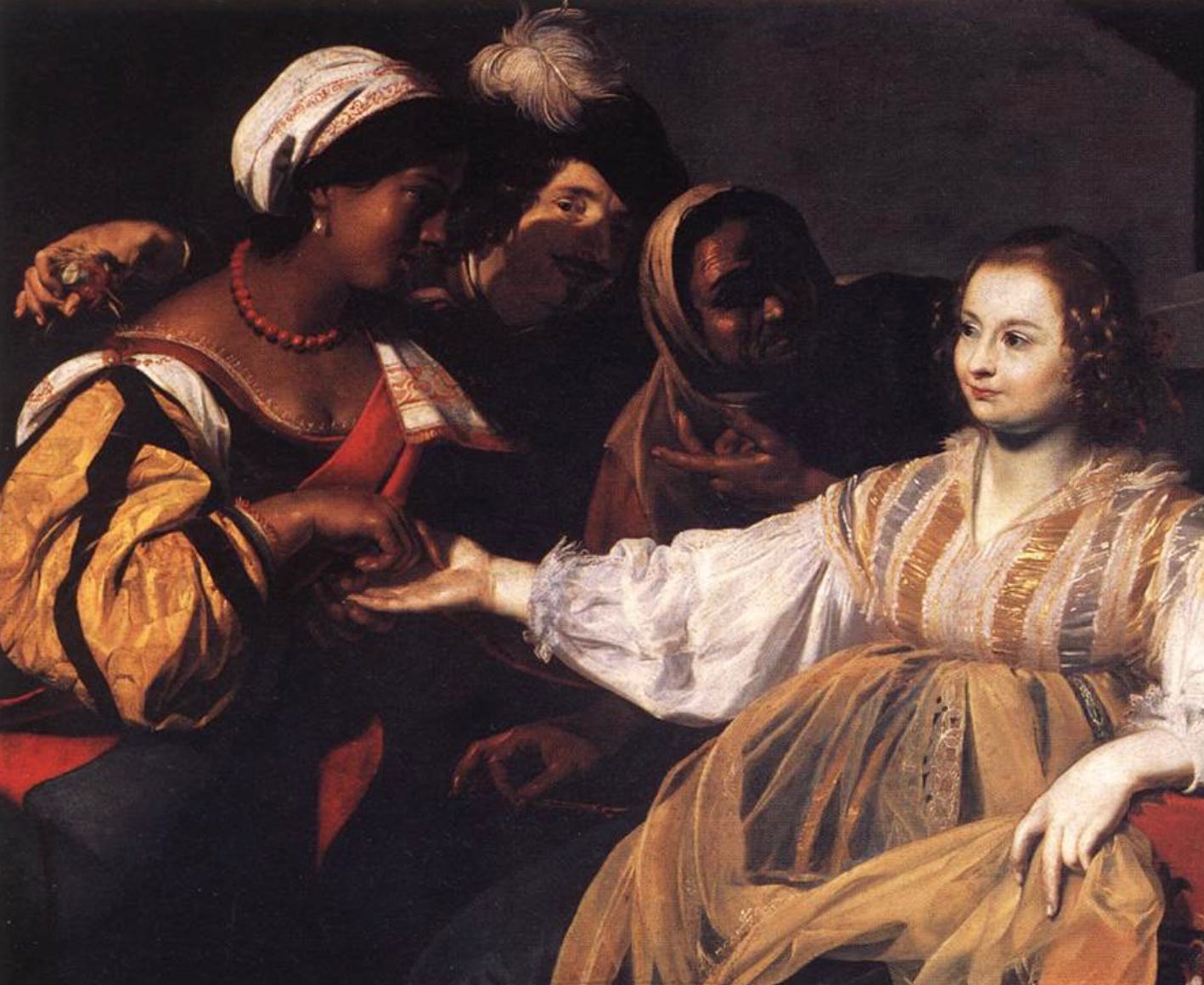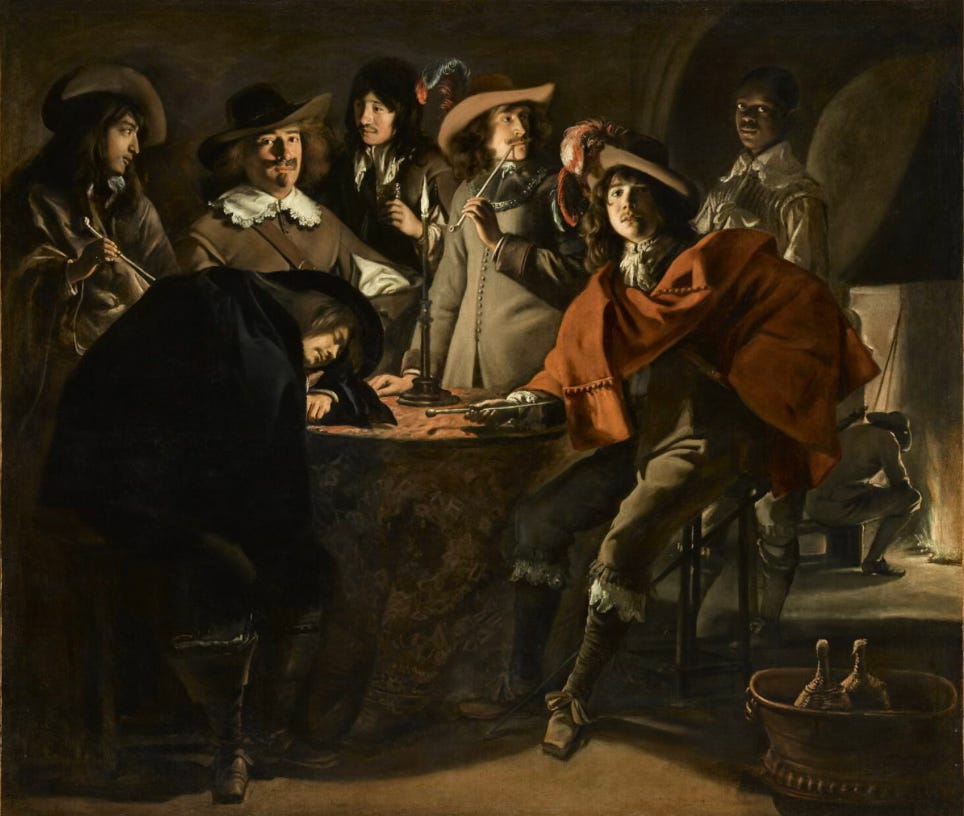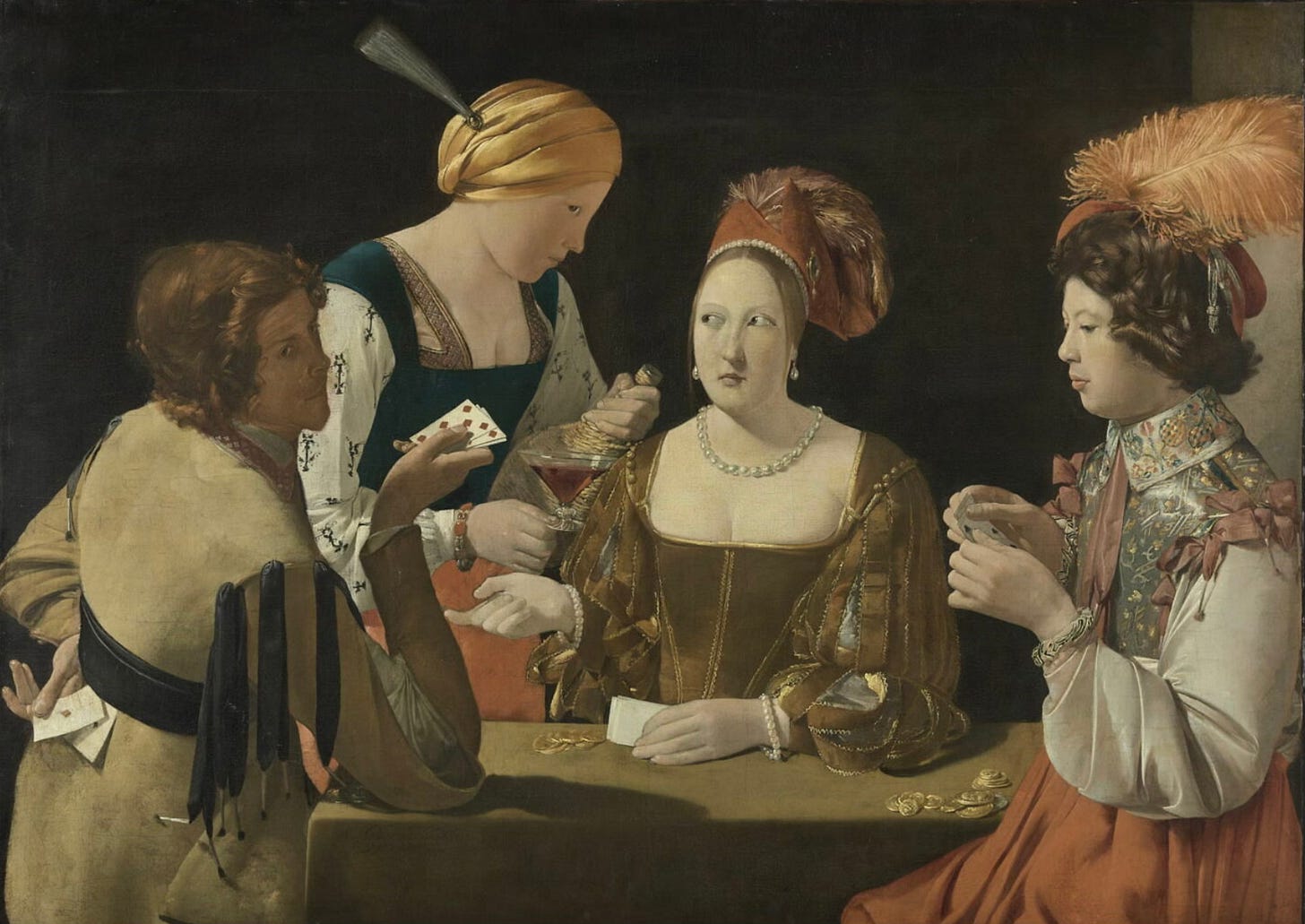Ten Paintings in the Louvre with Expressions that Rival the Mona Lisa's Smile
She doesn't have a monopoly on psychological depth. Enjoy with Jelly Belly (c) Jelly Beans.
So you’re going to Paris—at least as an armchair traveler—and there are so many things to do in that unbelievably beautiful city! But of course you absolutely want to see the Mona Lisa! The most famous painting in the world, right!?!? But will it be as fulfilling an experience as you hope when you actually get to the galleries of Italian painting? Will there be too many people so you won’t get to see it up close? Will the painting be actually as good as the hype surrounding it? Do you actually want to see it, or is it just an item on your list that you check off because everyone will ask about it when you get home? Can you really just -see- the Mona Lisa?
Here’s the thing. Lots of people tell me that they came, they saw, they admired—but it just seemed so….small. After all that fame, they expected the actual painting of the Mona Lisa to be less demure, more grandiose. This is a fair reaction, and I have three responses.
First: This is in no small part (har har) because of the zillions of reproductions in various media that are bigger than actual size, larger posters or details that zoom into the subtle details such as her hands or her famous smile. To bring in just one of those reproductions: the splendidly sweet rendition in the Jelly Belly Factory in Fairfield, California!
Kristin Cumings, after Leonardo da Vinci, Mona Lisa, in jelly beans of Berry Blue, Caramel Corn, Jewel Ginger Ale, Raspberry, Kiwi, among other flavors/colors.
This recreation in all its sugary, kitchy glory had to be larger than the actual painting of the Mona Lisa because it is limited by the size of a Jelly Belly © jelly bean. The jelly bean picture is a digital medium: consider that each jelly bean represents the equivalent of a pixel with discrete color elements. In order to create a recognizable and not horribly distorted Mona Lisa, factory artist Kristin Cumings had to enlarge the size, ending up with a work that is four by six feet. (There are many other reproductions of famous artworks at the factory, and also several larger-than-life portraits of Ronald Reagan. I’m not kidding. Apparently he loved jelly beans.)
Second: So, you think the Mona Lisa is disappointingly small. You want big? Turn around! You don’t even have to leave the room to find the biggest oil on canvas painting in the Louvre and one of the largest in the world!
It is the mural-sized Wedding Feast at Cana by Paolo Veronese, a fantastic painter who is one of my favorites and should be more widely famous. And there are dozens of wonderful details to enjoy: portraits, vignettes, finery, characters, architecture, ceramics—it even depicts one of the few jokes found in the Bible. You could spend a very long time looking at it and still find more to see. This painting deserves its own post, so I’ll have to return to tell you all about it.
Third: Is that all there is to the famous smile?
You were hoping that seeing it in person would give you the answer to the mysterious smile of Mona Lisa. What makes La Gioconda so coy and knowing? Her expression has been analyzed for its intrigue and ambiguity, its withholding neutrality and subtle tension—it has been interpreted widely, with conclusions ranging from “duplicitous” to “approving.” If you’re wondering if there are other paintings or portraits that could capture this psychological depth and ambiguity, I have great news for you. You’re in the Louvre! It’s filled with masterpieces! Go find some more!
Here’s my incomplete list of fascinating expressions in ten paintings that themselves are worth a pilgrimage to Paris. Or, its own future close looking post. Tell me in the comments which one you’d like to hear more about!
Perhaps you’d like to start with another Leonardo da Vinci! You might start by being the only one admiring the Virgin of the Rocks, or you could turn to this portrait, for a penetrating, dare I say jealous, stare--but there could be many emotions in that face.
Leonardo da Vinci, Portrait of a Lady, known as La Belle Ferronniére. Oil on wood panel, 25x 17.5 inches (63x45cm).
Rembrandt, Hendrickje Stoffels. Oil on Canvas, 29x24in (74x61cm). Rembrandt is famous for psychological depth, and really rewards in-person viewing.
Marie-Guillemine Benoist, Portrait of Madeleine, formerly Portrait of a Black Woman, 1800. Oil on Canvas, 81x65cm. Detail so you just focus on her expression. This artist rendered her sitter with depth of humanity unusual in a painting of a person of color for this time. Madeleine was the servant of the artist’s in-laws; I’d love to do a deeper dive here.
Francisco de Goya, Countess of Carpio, Marquise de la Solana, Oil on Canvas, 71x48 inches (181x122cm). Detail of a full-length portrait. Goya continues to surprise me.
Theodore Chasseriau, The Two Sisters, 1843. Oil on Canvas, 71x53.25in (180x135cm).
Jean-Antoine Watteau, Pierrot, also known as Gilles. Oil on Canvas, 73 x 59 in (185x150cm). A famous one—what is he thinking, and the characters below? Even the donkey has soulful eyes.
Gabriel Metsu, The Busy Cook or The Apple Peeler, Oil on wood, 11x10.25 inches (28x26cm). She may be busy, but she has a rich inner life.
Nicholas Regnier, The Fortune Teller, Oil on Canvas, 127x150cm (detail). Now I’m adding interaction between several (not)telling expressions—notice the mustachioed man in shadow.
Louis Le Nain, The Guard Room (The Smoking Room), 1643, Oil on Canvas (117x137cm). I bet that Black fellow knows all the secrets of this club.
Georges De La Tour, The Cheat with the Ace of Diamonds. Oil on Canvas (41.5x57.5in, 106x146cm). Look at all those expressions—best side-eye ever! Faux innocence! Poker face! Turbans! This painting is hilarious AND gorgeous.
BONUS: If you go to the Louvre website, you can find a tour that takes you to all the masterpieces featured in Beyoncé and Jay-Z’s Apes**t Music Video. Including gallery-by-gallery instructions, so great. https://www.louvre.fr/en/explore/visitor-trails/beyonce-and-jay-z-s-louvre-highlights

